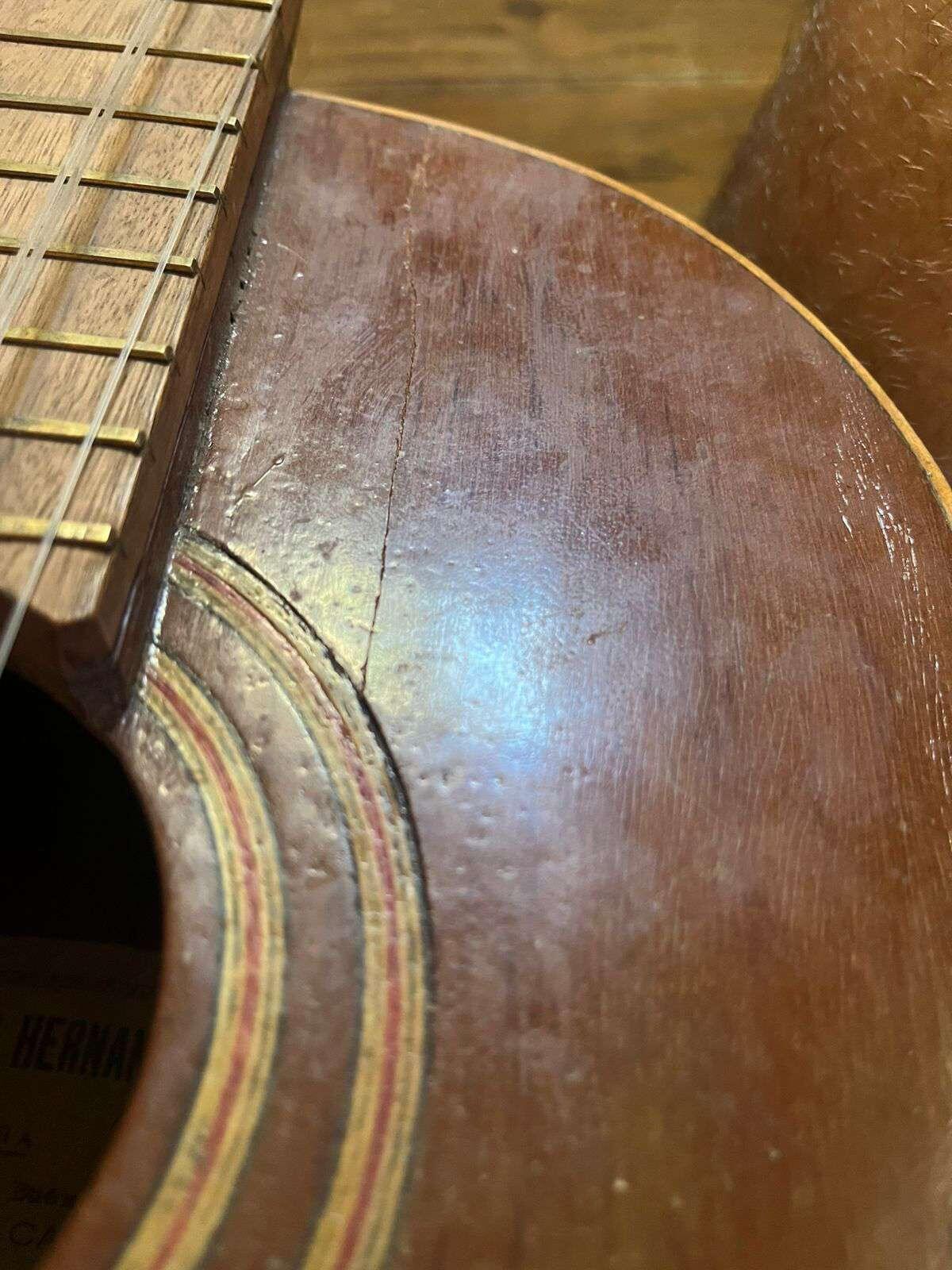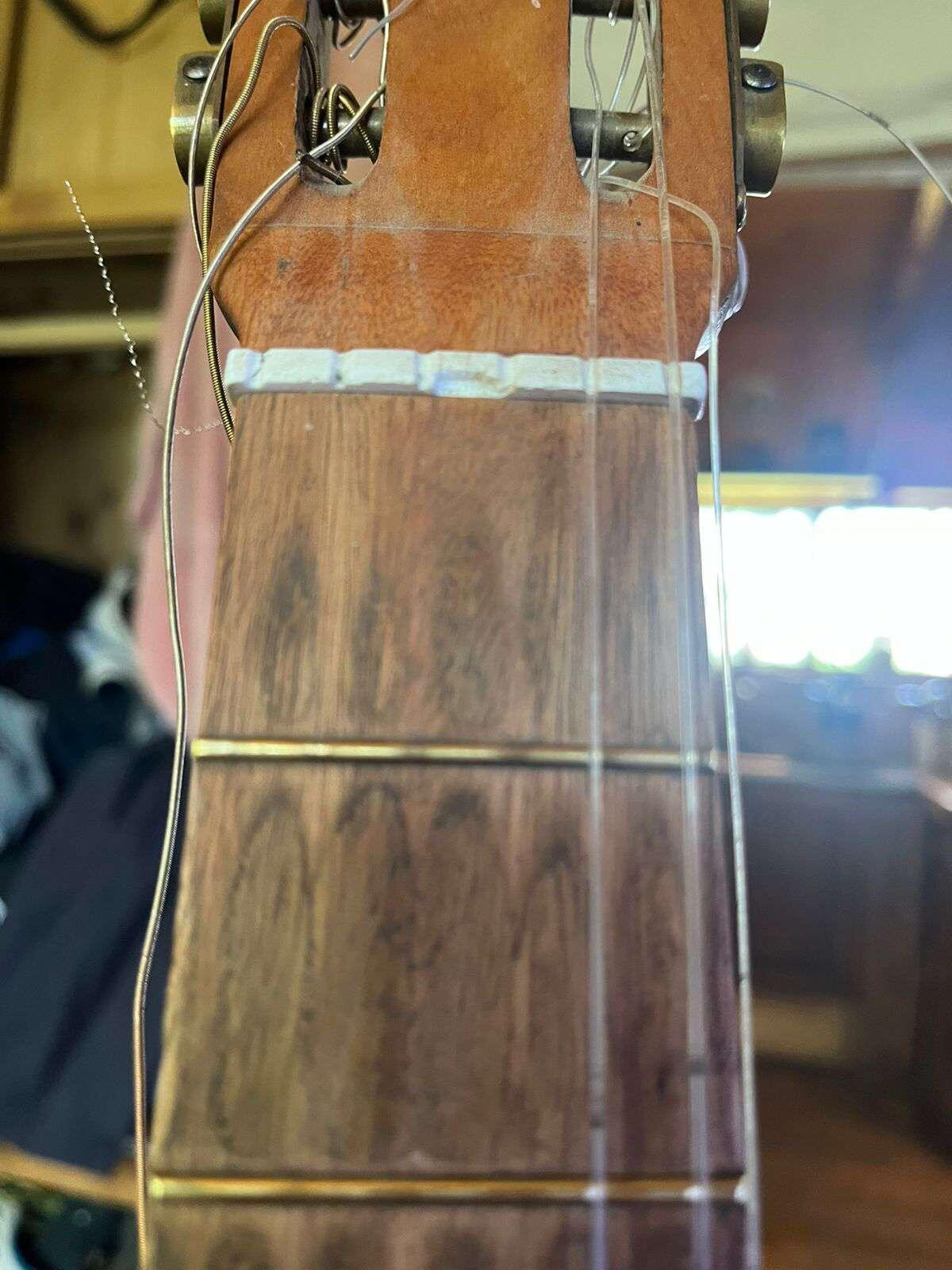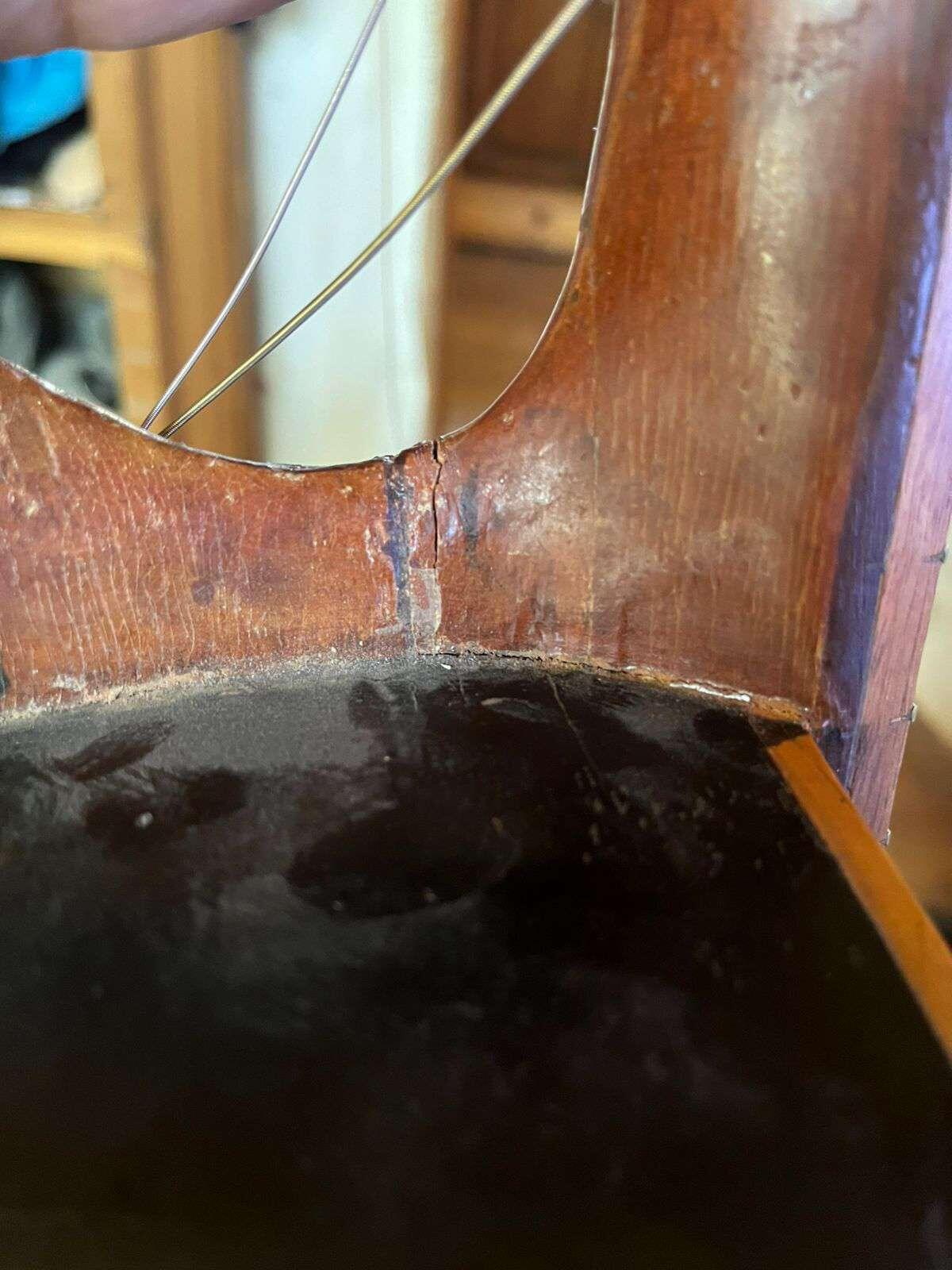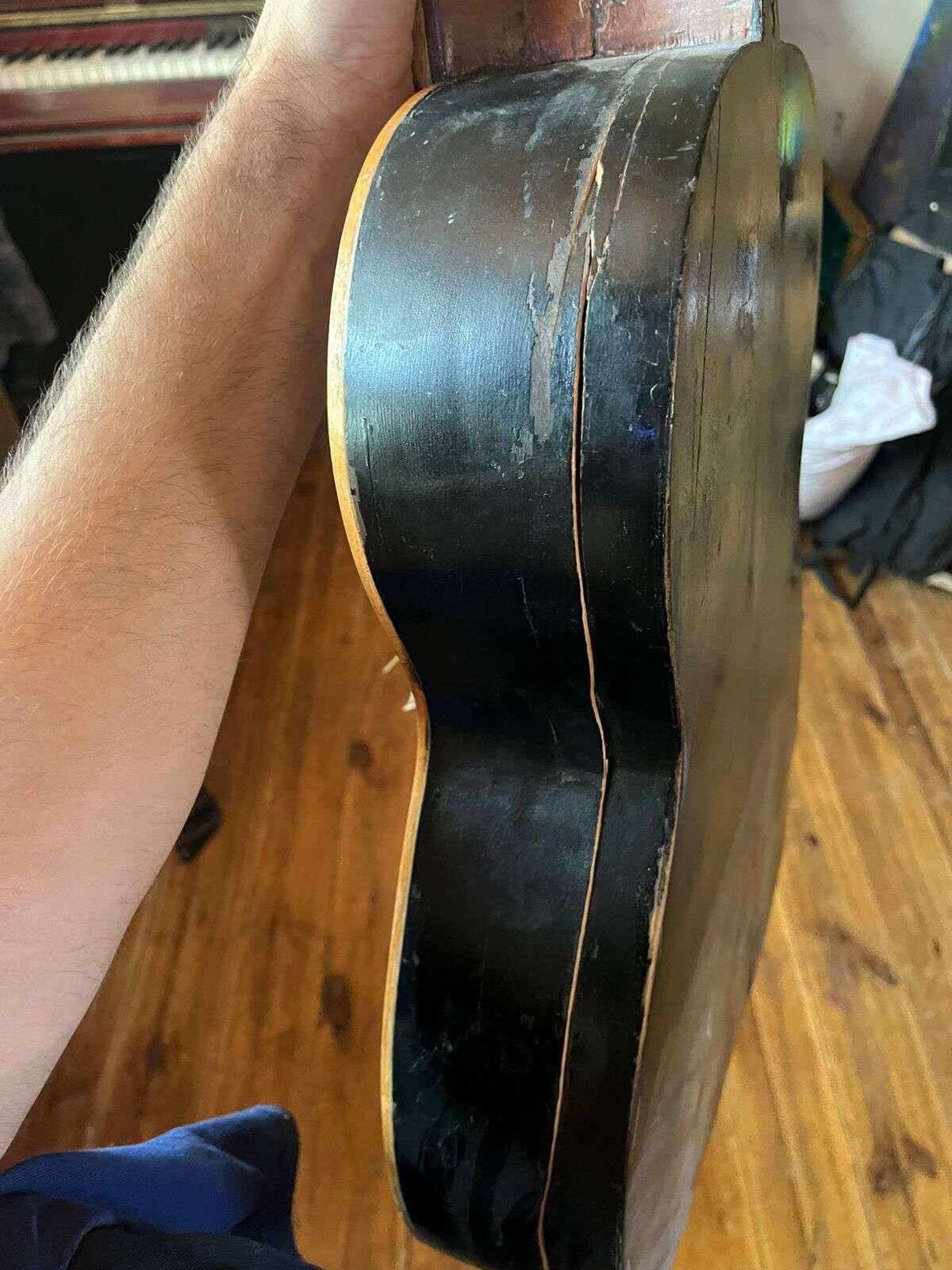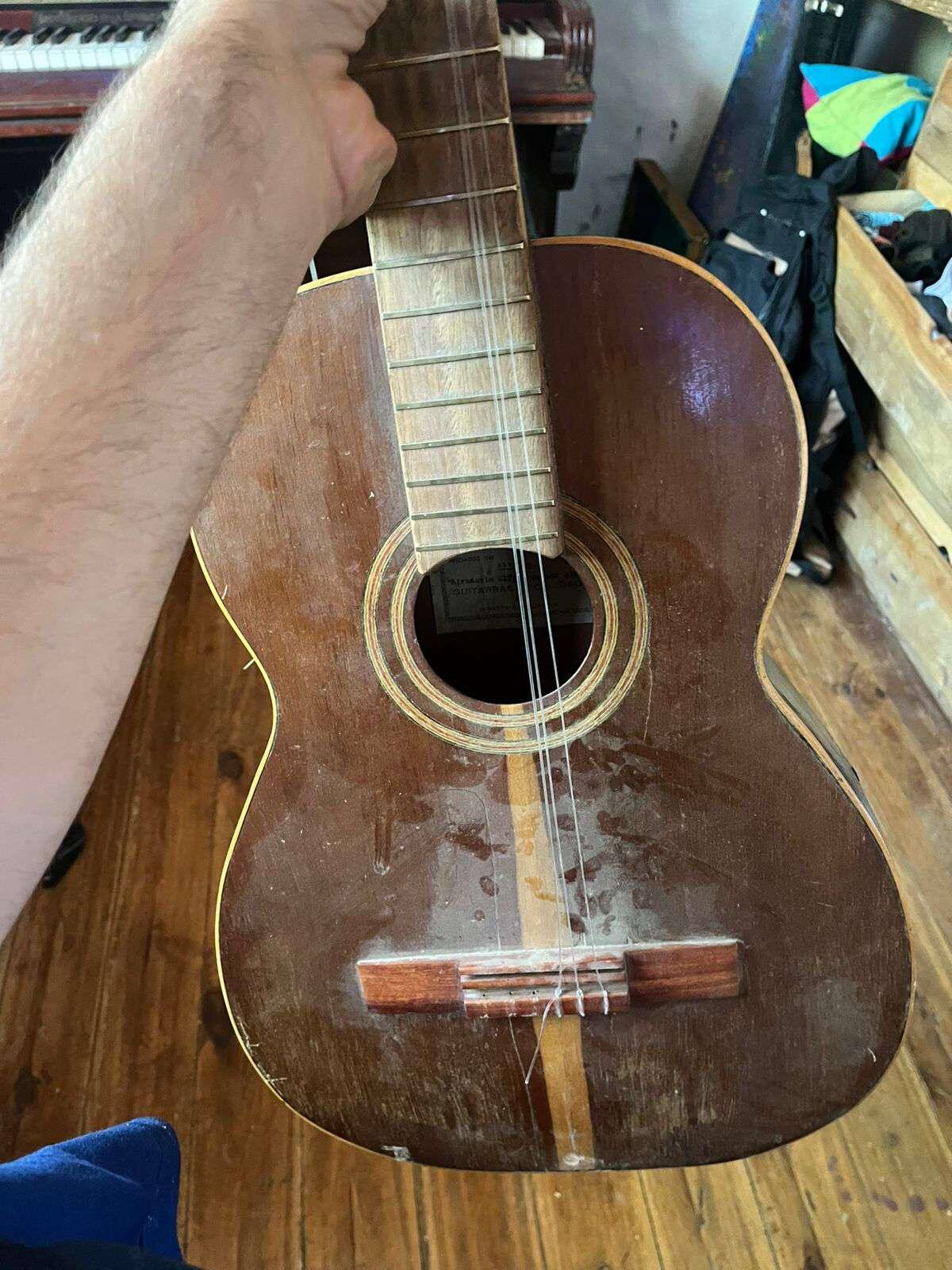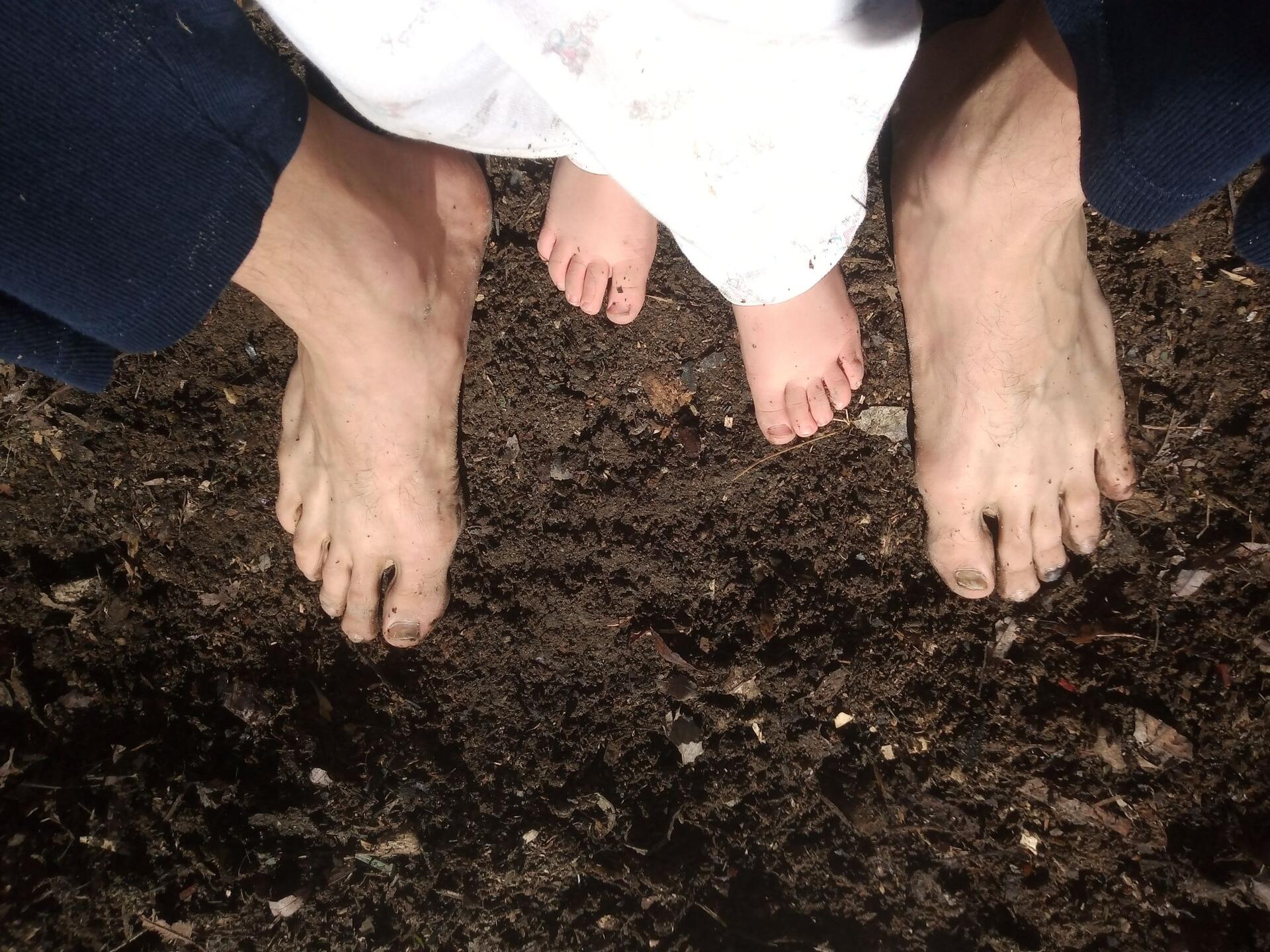satoroca on Nostr: Also as you can see it has been subjected to an improper fix. If you can see, the ...
Also as you can see it has been subjected to an improper fix.
If you can see, the fretboard is not original but sitting on top of the original which has ben tapered down to a thin wedge. This makes the projection of the fretboard to the bridge higher and upwards to compensate for the sinking bridge on the top. So it fixes the problem of having to file the saddle and make it lower and lower until there is no breakage of the strings there and it starts buzzing and even so the action remains really high.
(Also the frets have been filed flat, horrible!)
If you can see, the fretboard is not original but sitting on top of the original which has ben tapered down to a thin wedge. This makes the projection of the fretboard to the bridge higher and upwards to compensate for the sinking bridge on the top. So it fixes the problem of having to file the saddle and make it lower and lower until there is no breakage of the strings there and it starts buzzing and even so the action remains really high.
(Also the frets have been filed flat, horrible!)
quoting nevent1q…4n7nHere is how I received the instrument.
Not even a proper case.
An instrument like this deserves a case.
Well there it is.
The top is really deformed.
The tension of the strings makes the front of the bridge sink and the rear where the strings are tied to rise. So it's common deformation. More so if the instrument is not in good hands.
Then it's helped by poor bracing.
Industries often use discarded material from tops, not having the proper thickness or not being the adequate wood.
In this case it's both. Alerce is a very good tonewood but it is quite soft for bracing and reinforcement. So I will replace the bars with tougher ones. Probably will use some Red Cedar
